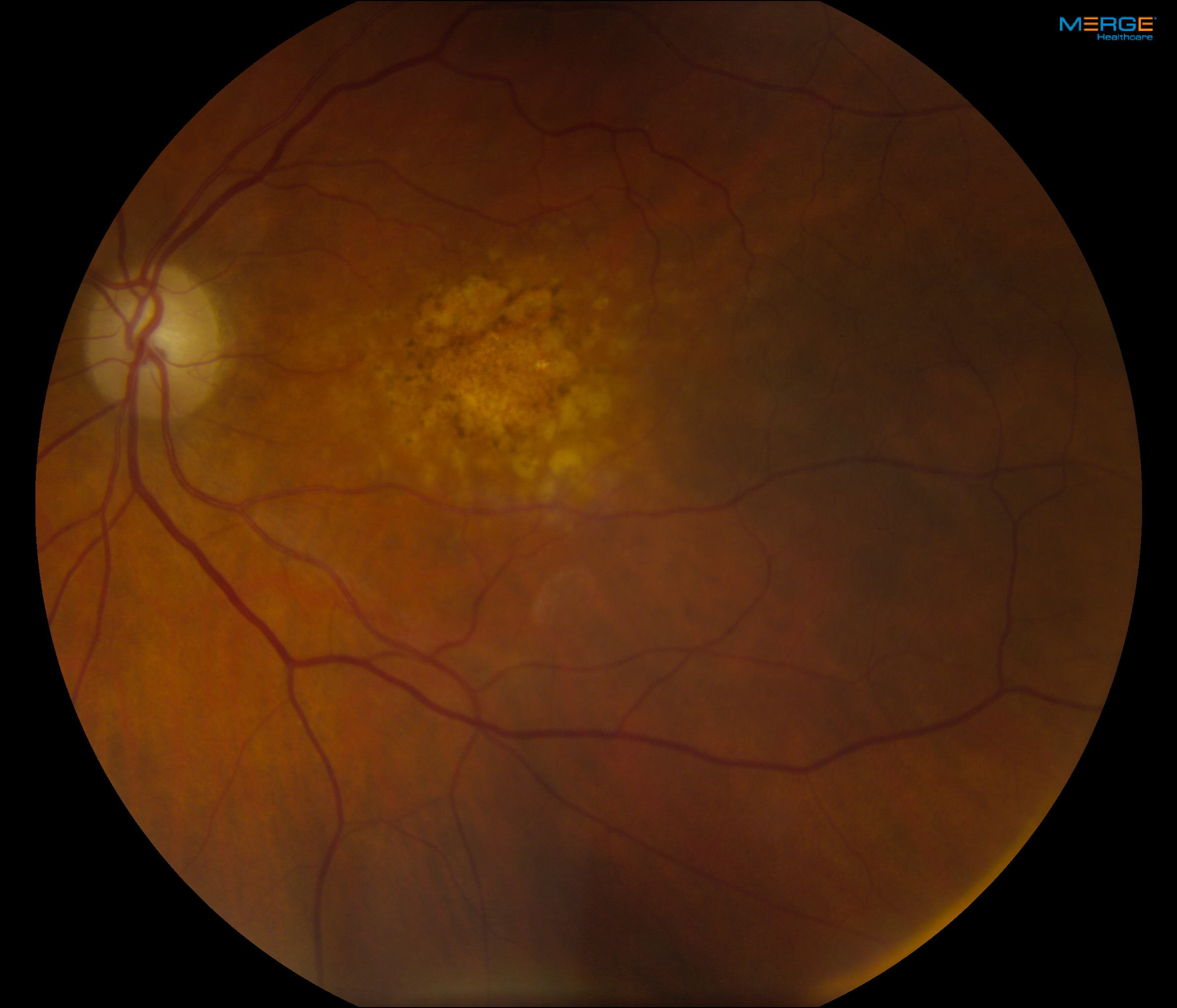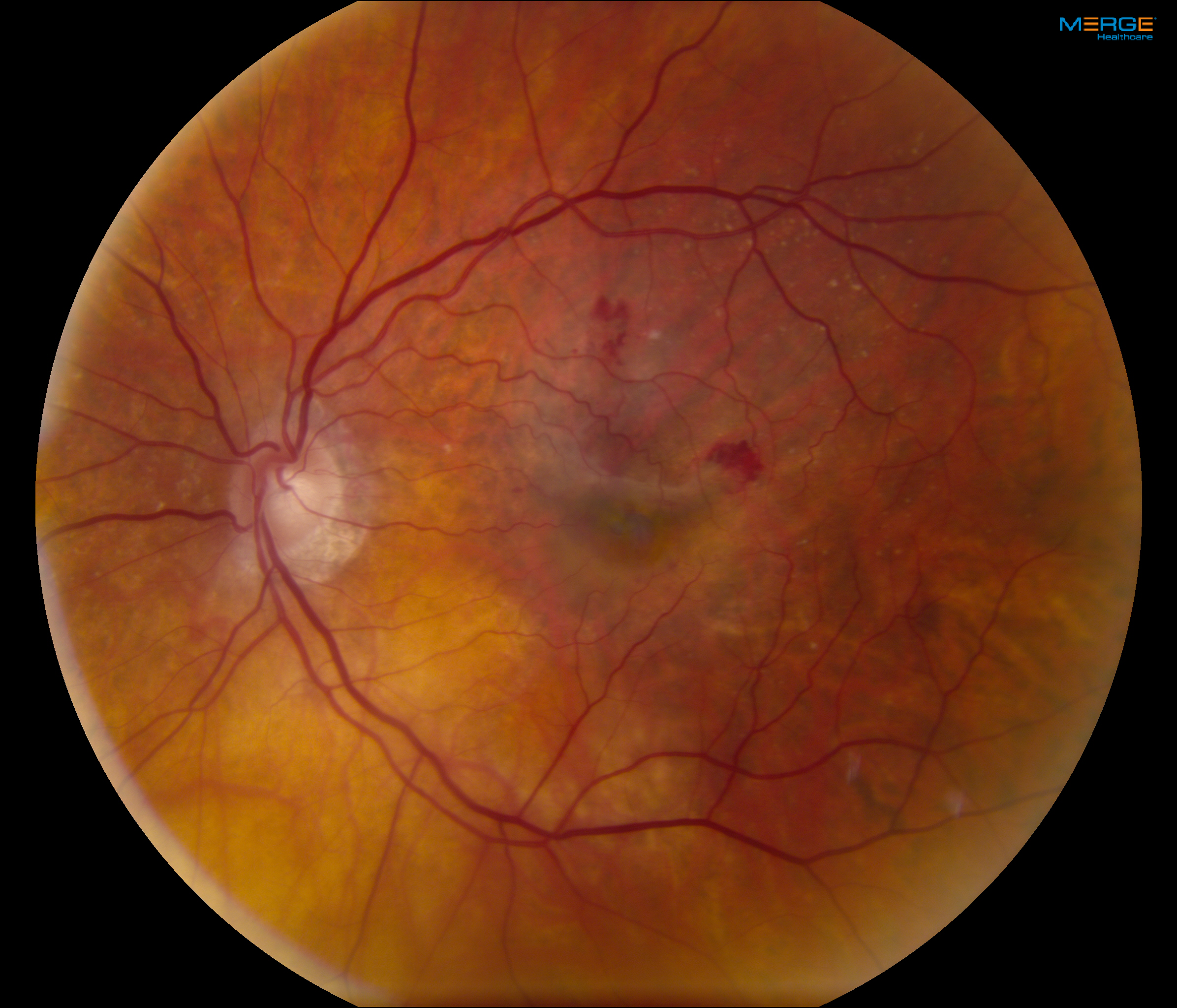Macular Degeneration: Cause and Treatment.
Limiting Severe Vision Loss.
Age-related Macular Degeneration (AMD) is the major cause of severe vision loss in individuals over the age of 60. While there is currently no cure, the progression of the disease can in some cases be slowed or reversed.
What is the macula?
Located in the back of the eye, the macula is the bull’s eye center of the retina. The macula allows us to see fine details such as the numbers on a watch, the features on someone’s face, or the amount of spice poured from a container. People with macular degeneration still have peripheral vision, but lose the ability to see the details.
Risk Factors
Risk factors for getting macular degeneration include age (over 50), heredity, smoking, excessive alcohol intake, light skin and blue eyes.
Symptoms
The first sign of macular degeneration is the appearance of age-related deposits called drusen. Patients may notice some distortion in straight lines; for instance, the dotted lines down the center of the road may seem crooked, or the doorframe may appear warped. If you notice these changes in vision, or if colors look different to each eye, see your eye doctor promptly for an evaluation. Early detection is important for effective treatment.
There are two forms of macular degeneration: dry (atrophic) and wet (neovascular). Approximately 85-95% of people with macular degeneration have the dry form.
Dry AMD
Drusen (spots) on the macula that are present for a long time may cause the macula to thin out and stop working. This is known as atrophy, and is considered the dry form of AMD.

Dry AMD causes causes slow, progressive vision loss. There is no medical or surgical treatment for dry AMD, but there are many low-vision tools that can assist with daily living. A research study called AREDS concluded that a specific formulation of vitamins and minerals could slow the progression of the dry form of AMD, and in some cases even reduce chances of progressing to the wet form. These AREDS 2-approved supplements are available at most pharmacies. People with dry macular degeneration in one eye may be able to function very well using the central vision from the other eye. Even in cases where dry AMD affects both eyes, there is usually enough peripheral vision to be able to continue activities that don’t require fine vision.
The dry form of AMD can convert to the wet form, which is much more severe. It is very important that individuals with dry AMD monitor vision daily with an Amsler grid and report any changes to their eye doctor. Other methods of home-monitoring have become available; ForeseeHome is the first FDA cleared system for home-based monitoring of patients at risk of vision loss from wet age-related macular degeneration and the first biotelemetry device in ophthalmology.
Wet AMD
In the wet form of AMD, abnormal blood vessels grow under the macula and leak fluid and blood. These abnormal vessels, called subretinal neovascularization, may also lift up the retina. 
We count with all current treatment drugs and therapies. An injection of an anti-vascular endothelial growth factor (anti-VEGF) in the eye can seal these vessels and slow vision loss. It may even restore some vision. Anti-VEGF injections include Lucentis (Ranibizumab, made by Genentech/Novartis), off-label Avastin (Bevacizumab from Genentech) and Eylea (Aflibercept, VEGF Trap-Eye from Regeneron/Bayer) are currently used with great success. Newer drugs are always being investigated to improve these positive outcomes even further.
Newer drugs are always being investigated to improve these positive outcomes even further. Brolucizumab and abicipar pegol are two new anti-VEGF drugs that had positive results in phase 2 studies and are being testing in phase 3 trials at present.